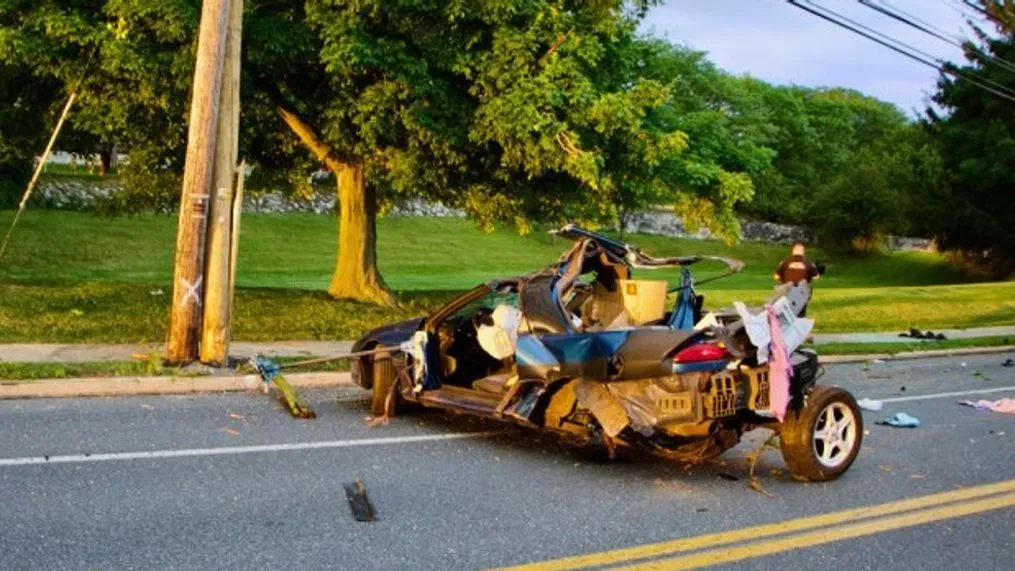
Introduction
Lancaster, Pennsylvania, known for its charming Amish countryside and vibrant communities, also faces the challenges of road safety like any bustling area. With a mix of urban streets and rural lanes, staying vigilant on Lancaster roads is essential. Car accidents can happen to anyone, but most are preventable with the right knowledge and habits. This guide aims to help drivers stay safe by highlighting common accident causes, preventive driving tips, vehicle safety features, and the resources available in Lancaster to promote road safety.
Understanding Common Causes of Car Accidents
Many factors contribute to car accidents, but understanding the leading causes can help drivers take proactive steps. Some of the most common accident causes in Lancaster and Pennsylvania include:
- Distracted Driving: Texting, using a GPS, or even eating while driving takes focus off the road. In Pennsylvania, distracted driving is a leading factor in crashes, with young drivers being particularly at risk.
- Speeding: Exceeding speed limits is one of the primary causes of accidents, especially on highways. In Lancaster, where rural roads may tempt drivers to speed, it’s vital to obey speed limits and adjust for conditions.
- Adverse Weather: Pennsylvania’s winters can make roads icy, while rain can create slick conditions year-round. Adjusting speed and increasing following distance in poor weather is essential.
- Driving Under the Influence: Alcohol and drug-impaired driving is a serious issue. DUI checkpoints in Pennsylvania frequently show a concerning number of drivers under the influence, highlighting the importance of designated drivers or alternative transportation.
- Aggressive Driving and Tailgating: In congested or high-traffic areas, it’s easy to get frustrated. However, tailgating and aggressive maneuvers significantly increase the likelihood of collisions.
Essential Driving Tips for Accident Prevention
Implementing these defensive driving techniques can significantly reduce the risk of accidents:
1. Practice Defensive Driving
Defensive driving involves anticipating other drivers’ actions and preparing to react safely. In Lancaster, where rural and urban roads intersect, staying alert for sudden stops or turns is especially important.
2. Minimize Distractions
Avoid any activity that diverts attention from driving. Use hands-free devices for calls if absolutely necessary, and keep your attention on the road. Pennsylvania enforces strict penalties for texting while driving, making it even more crucial to minimize distractions.
3. Follow the Speed Limit
Speed limits are designed to keep traffic moving safely. Reducing speed, especially on Lancaster’s rural roads with curves and inclines, is essential for driver and pedestrian safety.
4. Keep Up with Vehicle Maintenance
A well-maintained vehicle is crucial for safe driving. Regularly check tires, brakes, and lights. Lancaster’s seasonal changes, from snowy winters to rainy springs, can impact your vehicle, so ensure it’s ready for all weather conditions.
5. Be Cautious at Intersections
Intersections are hotspots for accidents. Always look both ways before proceeding, even when you have the right of way. In Lancaster, intersections with higher accident rates may have signs or signals to warn drivers.
Detailed Table of Safety Features in Modern Vehicles
The advancement in vehicle safety features has greatly enhanced drivers’ and passengers’ security. Below is a breakdown of critical safety features that can help prevent accidents and protect lives.
| Feature | Description | Benefits |
|---|---|---|
| Anti-lock Braking System (ABS) | Prevents wheels from locking during braking | Reduces skidding and maintains steering control |
| Electronic Stability Control (ESC) | Helps maintain control during sharp turns | Lowers risk of rollovers and loss of control |
| Blind Spot Detection | Alerts drivers to unseen vehicles in adjacent lanes | Enhances situational awareness |
| Lane Departure Warning | Alerts the driver if the vehicle drifts out of the lane | Prevents unintentional lane departures |
| Forward Collision Warning (FCW) | Warns of potential front-end collisions | Allows quicker reaction time |
| Automatic Emergency Braking (AEB) | Automatically applies brakes if a collision is imminent | Reduces crash severity or prevents crashes |
| Adaptive Headlights | Adjusts headlight direction based on steering | Improves visibility in turns and on curves |
| Rearview Camera | Provides a view of the area directly behind the vehicle | Reduces backup accidents |
These safety features can often prevent or reduce the severity of accidents, offering peace of mind, especially for long-distance drives or frequent commuters in Lancaster.
What to Do If You’re in an Accident
Even with preventive measures, accidents can still occur. Here’s what to do if you find yourself in an accident situation in Lancaster:
1. Check for Injuries
First, assess if anyone is injured. Call 911 immediately if there are injuries, and administer basic first aid if you’re trained to do so.
2. Move to a Safe Location
If possible, move your vehicle out of traffic to prevent further incidents. Turn on your hazard lights to alert other drivers.
3. Document the Accident Scene
Take photographs of the accident from various angles. Collect information from any involved parties, including names, contact details, insurance information, and vehicle registration.
4. File an Accident Report
In Pennsylvania, an accident report must be filed if there’s injury, death, or significant damage. Lancaster police can assist with this, and the report can help with insurance claims.
5. Consult Your Insurance Provider
Notify your insurance company as soon as possible. They’ll guide you through the claims process and explain what information they need.
Lancaster PA’s Road Safety Resources and Initiatives
Lancaster County offers several resources to encourage safe driving and assist in emergencies:
- Local Traffic Safety Programs: Lancaster participates in Pennsylvania’s traffic safety initiatives, which promote awareness of impaired driving, seat belt use, and young driver safety.
- Driver Education Courses: Lancaster offers various driver education programs, both in-person and online, which are beneficial for young or new drivers.
- Accident Reporting Resources: Local police and emergency services are available for quick responses in case of accidents. Non-emergency police lines are also available for reporting minor incidents or concerns.
Conclusion
Staying safe on the road is a shared responsibility for all drivers in Lancaster, PA. By understanding common accident causes, practicing defensive driving, and keeping up with vehicle maintenance, drivers can help reduce accidents and ensure safer journeys for everyone. Lancaster’s unique mix of rural and urban roads requires heightened awareness, adherence to speed limits, and respect for other drivers and pedestrians.
Let’s commit to driving responsibly, staying informed on the latest safety measures, and spreading these tips among friends and family to make Lancaster’s roads safer for all.
Frequently Asked Questions
Q1: What are the main causes of car accidents in Lancaster, PA?
The main causes include distracted driving, speeding, adverse weather, driving under the influence, and aggressive driving.
Q2: How can I report a minor car accident in Pennsylvania?
You can contact local Lancaster law enforcement on their non-emergency line to report minor accidents. Major incidents should be reported by calling 911.
Q3: What safety features should I look for when buying a new car?
Look for features like anti-lock brakes (ABS), electronic stability control, blind spot detection, lane departure warning, and forward collision warning to enhance your safety on the road.



